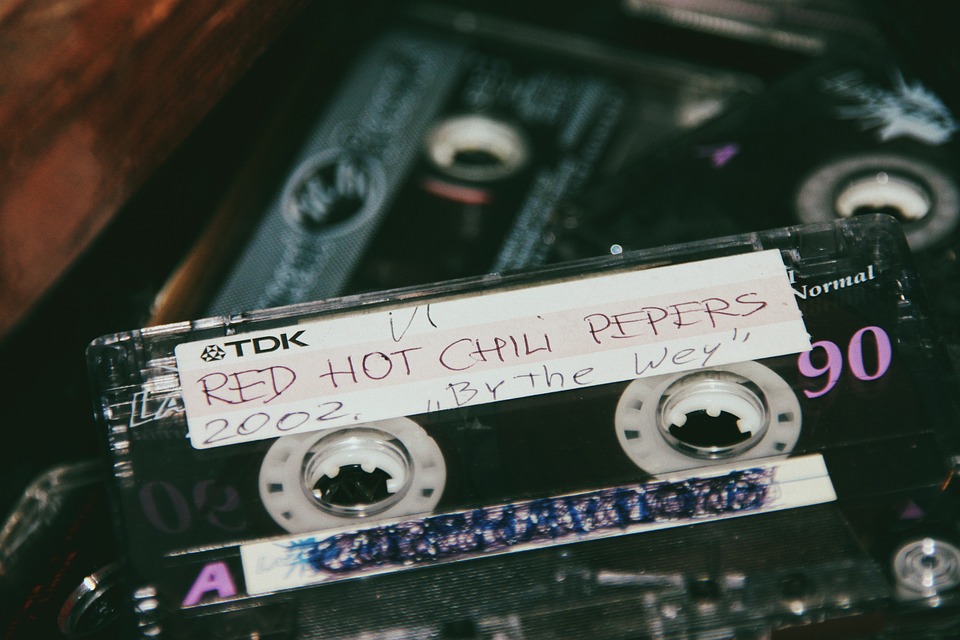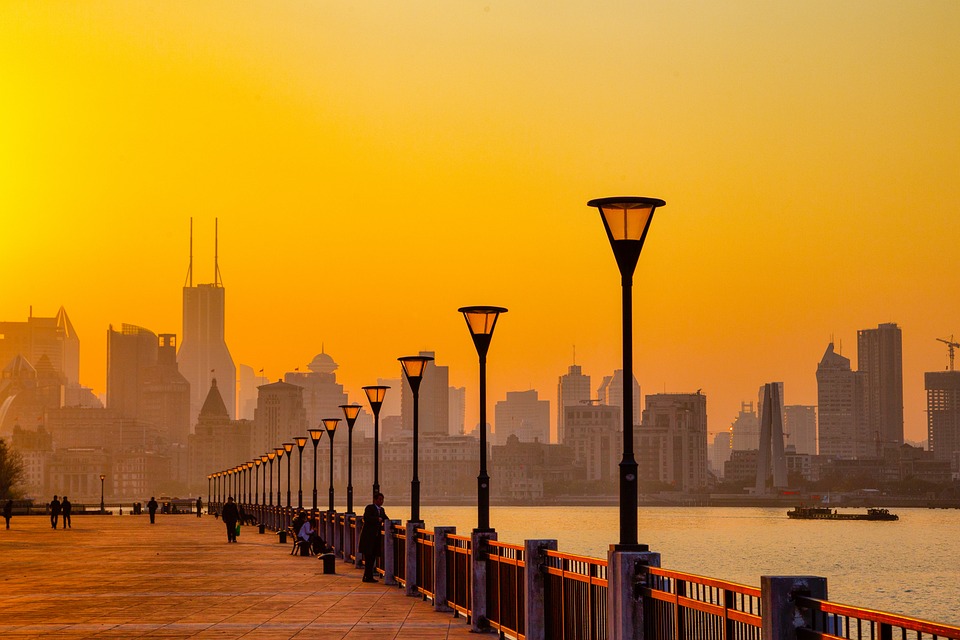The Slow Burn of Recognition: What it Takes to be Acknowledged After 500 Years
As we gaze up at the ancient structures of Machu Picchu, or wander through the temples of Angkor Wat, we are struck by the profound sense of history that pervades every stone, every fresco, and every artifact. For centuries, these incredible feats of engineering and artistry have stood the test of time, whispering secrets to those who dare to listen. Yet, despite their enduring presence, there remains a peculiar truth: that it has taken centuries – sometimes millennia – for these remarkable achievements to be properly recognized by the world.
In the case of the Mayan civilization, it’s estimated that it took nearly 500 years for their sophisticated understanding of astronomy and mathematics to be acknowledged by modern scholars. Meanwhile, the Inca Empire, responsible for the majestic constructions of Machu Picchu, only received widespread recognition for their architectural prowess within the past few decades.
So, what accounts for this lag in recognition? Is it mere ignorance, or are there more complex factors at play?
A Legacy of Erasure
The process of recognition is closely tied to the power dynamics of cultural and historical storytelling. For centuries, colonial powers and European explorers dictated the narrative of what was deemed worthy of admiration, often relegating indigenous achievements to the fringes of history. The erasure of entire cultures and civilizations was a deliberate effort to assert dominance and legitimacy.
In the case of the Mayans and the Incas, their achievements were often documented by Spanish conquistadors, who arrived on the scene with their own agenda. While these records offer valuable insights, they also perpetuated a Eurocentric perspective, focusing on the perceived "savagery" or "primitivism" of native cultures.
Slow Burn of Recognition
Over time, a gradual shift has taken place, as scholars, archaeologists, and indigenous communities alike have begun to reexamine the historical record. This slow burn of recognition is a testament to the tireless efforts of individuals who refused to accept the prevailing narrative. It’s a testament to the power of grassroots movements, community-based research, and the unwavering determination to reclaim forgotten histories.
Today, the world is reaping the rewards of this slow burn. The rediscovery of ancient calendars, the deciphering of forgotten scripts, and the unearthing of lost cities have given us a profound new appreciation for the achievements of these ancient civilizations.
Image: Machu Picchu at sunrise, a testament to the ingenuity and beauty of the Inca Empire (Credit: Getty Images)
Frequently Asked Questions
Q: What are some key factors that contribute to the lag in recognition?
A: Power dynamics, cultural erasure, and Eurocentrism are significant contributors to the slow burn of recognition. Additionally, the fragmented nature of historical records, the complexity of ancient cultures, and the lack of a unified narrative can all slow the process of acknowledgment.
Q: How are we currently challenging the prevailing narrative?
A: Through grassroots movements, community-based research, and inclusive storytelling, we are beginning to reclaim forgotten histories and recognize the achievements of indigenous cultures.
Q: What impact does recognition have on our understanding of history and the world?
A: Recognition acknowledges the agency and achievements of underrepresented groups, challenging the dominance of Eurocentric narratives. It also sparks a deeper appreciation for cultural diversity and fosters a more inclusive understanding of our shared human heritage.
As we gaze upon the ancient ruins, we are reminded that the slow burn of recognition is not just a testament to the passing of time but a powerful declaration of the indomitable human spirit – a spirit that refuses to be extinguished, and instead, ignites the spark of understanding that forever changes the world.



